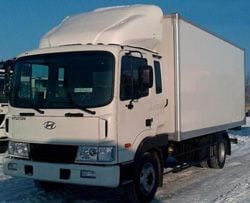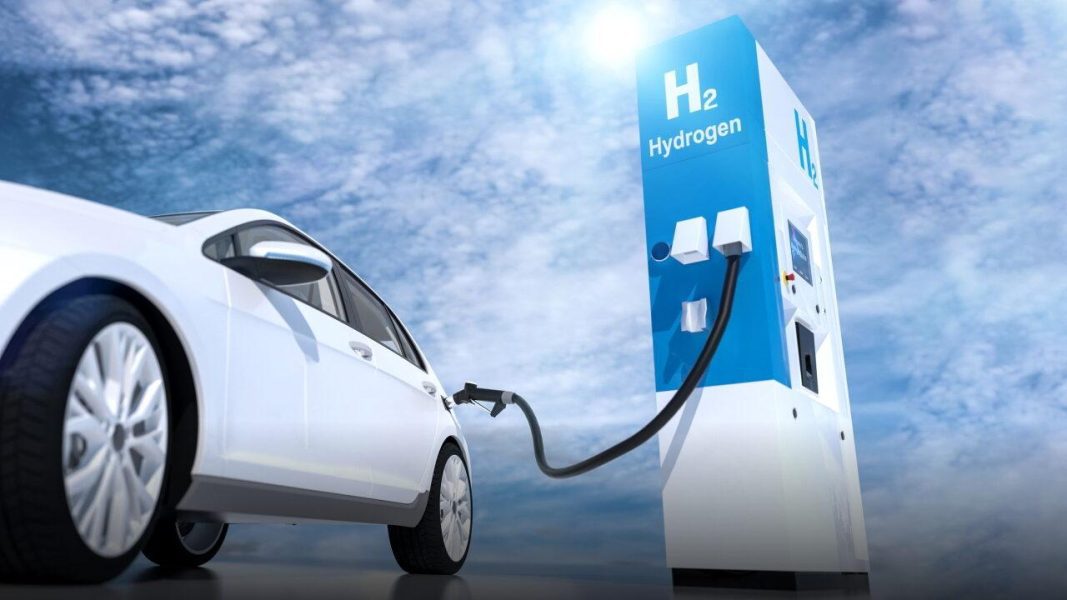
Hydrogen or purely electric: which is better for your next light commercial vehicle Ford Ranger, Toyota HiLux or Renault Trafic?

The Ford F-150 Lightning will be one of the first all-electric vehicles available for purchase, but for now, it's only for the US.
When it comes to cars, the winds of change are blowing stronger every day. Some people may have unknowingly already bought their last petrol or diesel car. For the rest of us, it's really a matter of "when", not "if" we turn our backs on internal combustion engines.
Even so, some questions remain. Electric vehicles (EVs) have completely outstripped hydrogen fuel cell electric vehicles (FCEVs), with electric vehicles moving from automotive curiosities to objects of sincere desire over the past decade. However, many manufacturers are still betting big that FCEVs will be part of our automotive future, and most of them see hydrogen as the ideal power source for commercial vehicles of the future.
So, will your next one-ton car or work van have a massive battery hanging down, or will it instead sport a space-age fuel cell and a tank of hydrogen? No need to be surprised, because believe it or not, both of these kinds of vehicles are a lot closer to showroom reality than you might think.
battery electric
By now, the general public is aware of battery electric vehicles, their advantages and disadvantages. Cars like the Tesla Model S, Model 3 and Nissan Leaf do most of the hard work here, and in recent years they have been joined by cars like the Hyundai Ioniq, Mercedes EQC, Jaguar I-Pace and Audi E-Tron. But so far, there have been very few all-electric commercial vehicles in this country.
In fact, aside from the recently launched zero-emission Fuso passenger car, the Renault Kangoo ZE is the only electric workhorse from a mainstream manufacturer on sale in Australia to date, and consumption has been… limited to say the least.
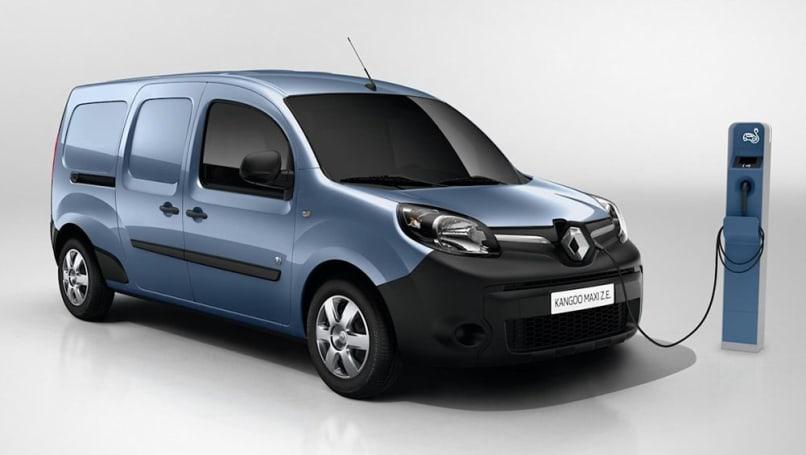
The reason for that is a whopping $50,290 before travel expenses and a short mileage of 200 km. Considering its stature as a small van, the price-to-payload ratio is not up to par, and the meager range on a single charge is a big drawback for something billed as a delivery van. This may make a lot of sense in the dense and compact cities and towns of Europe, but not so much in the larger Australian urban landscapes - unless it veers too far from its home base.
But paving the way is no easy task, and more all-electric trucks should follow the Kangoo tire tracks. In the US, the Ford F-150 Lightning is about to hit showrooms and boasts a range of at least 540 km on a single charge, 4.5 tons of pulling power, 420 kW of power, 1050 Nm of torque and the ability to become a local battery pack to power tools.
Also in the US, the Hummer brand will soon be resurrected as an all-electric SUV. Its usefulness to merchants may be limited by its small body, but its off-road capabilities will impress, and an estimated range of 620 km should ease most drivers' worries. Acceleration to 0 km / h in three seconds should also be quite exciting.
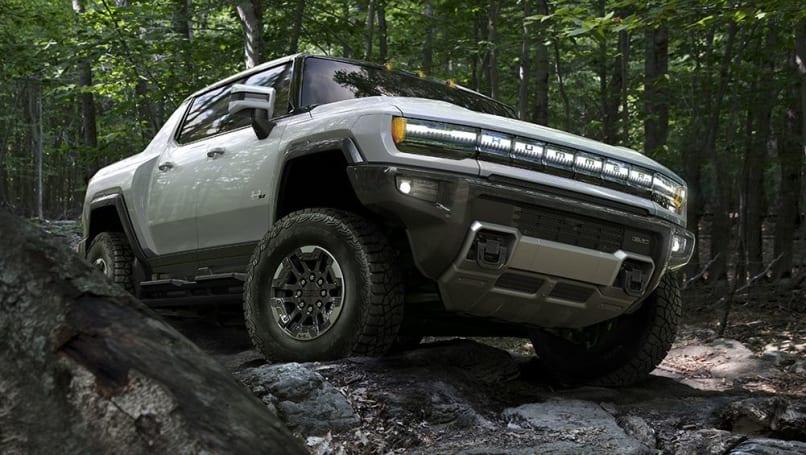
Then, of course, there's Tesla's Cybertruck, which stole the show last year with its edgy (literally) styling and the promise of bulletproof construction and incredible performance. However, unlike Ford and Hummer, we have yet to see a production version.
American upstart Rivian has indicated that it will likely be launched in Australia, and the company's recently spotted R1T has landed in Australia for local testing. With 550 kW/1124 Nm of power and a maximum range of approximately 640 km, it must also have the versatility and power to get the job done.

Chinese automaker GWM will also send us a Hilux-sized EV, but a locally-built variant is coming soon in the form of the ACE EV X1 Transformer. Created by Australian startup ACE, the X1 Transformer will be a long-wheelbase, high-roof van with 90kW, 255Nm, a payload of 1110kg and an actual range of 215 to 258km. With a top speed of just 90 km/h, it's clear that the X1 Transformer is only meant to be run in a delivery van, and there's no date yet for sale, but if the price is right, it could still be competitive for some businesses.
In Europe, vans like the Peugeot Partner Electric, Mercedes-Benz eSprinter and Fiat E-Ducato are a reality of production, indicating that battery electric technology is mature enough for mainstream use. However, there are some negatives.

While it's easy to find a place to charge - just find any old power point - charging times for most pure electric vehicles can be brutal unless a dedicated fast charger is used. Around 8 hours is the norm, but the bigger the battery, the longer you need to stay connected to the network, and if all you have is a regular 230V household outlet, the charging time can take up to a whole day.
Range anxiety - the fear of being stranded somewhere with a dead battery and long charging times - is the last thing a commercial operator needs, and time spent in a charger is time when your work car doesn't help you make a living . EV batteries are also heavy, absorbing load capacity and – in the case of the body-on-frame – adding weight to an already fairly heavy vehicle class.
So what's the alternative?
Hydrogen fuel cell
In addition to being less dependent on a lot of expensive materials as a chemical battery, a hydrogen fuel cell also has two significant advantages: low weight and very fast refueling.
Eliminating the weight penalty for a large battery pack not only makes the vehicle more drivable, it also allows the vehicle to put more of its total weight into carrying the payload. Winning when it comes to commercial vehicles, right?
Hyundai certainly thinks so. The South Korean company recently announced its plan to mainstream FCEVS, targeting primarily the commercial sector, mainly large and medium trucks and buses, as well as a few cars and vans.
Hyundai already has hydrogen-powered trucks being tested in real-world conditions in Europe, where a hydrogen infrastructure is already in place, and so far the results are encouraging.

However, the technology is still in its infancy compared to electric vehicles, and even Hyundai admits that FCEVs are far from prime time. However, the company expects that by the end of this decade it will be able to offer a hydrogen fuel cell passenger car for the same price as an equivalent pure electric vehicle, at which point FCEVs will become truly viable.
And that's good news for those concerned about EV recharge times, as FCEV tanks can fill up in the same amount of time as today's petrol and diesel vehicles. The only problem that remains to be solved is infrastructure: in Australia, hydrogen stations are practically non-existent outside of a few experimental sites.
However, Europe already has a number of hydrogen-powered commercial vehicles heading to the showroom floor. The Renault Master ZE Hydrogen, Peugeot e-Expert Hydrogen and Citroen Dispatch are production ready and offer similar performance and payload capacities to their all-electric and combustion engine counterparts.
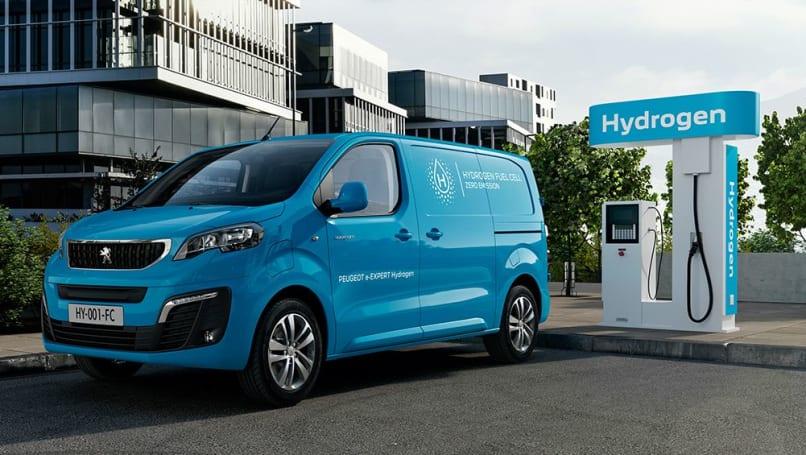
However, as far as the double cab FCEV is concerned, there isn't much activity. Queensland-based H2X Global plans to launch its Warrego Ute later this year, when the Ford Ranger-based vehicle will be equipped with a 66kW or 90kW fuel cell to power the onboard battery and a 200kW/350Nm drive motor.
Performance is average: a top speed of just 110 km/h for the 66 kW version (150 km/h for the 90 kW version) and a maximum payload of 2500 kg. Its payload of 1000 kg is at least as good as other double cab vehicles.
However, H2X Global claims that the Warrego will be able to travel at least 500km on a single tank of hydrogen, and a 90kW fuel cell will push that figure to 750km. Running out of gas? Refueling time should be three to five minutes, not eight or so hours.
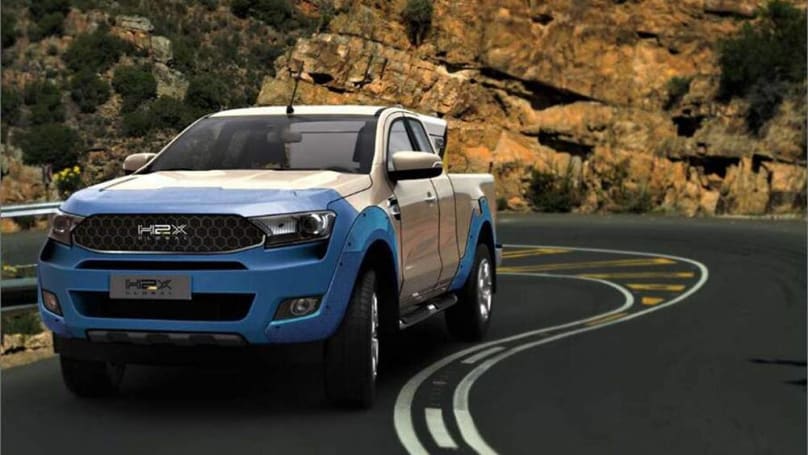
Although it will be insanely expensive. The base 66kW Warrego model is expected to cost $189,000, while the 90kW models are expected to cost between $235,000 and $250,000. Couple that with a limited gas station network and Warrego's viability doesn't look all that good.
There have been rumors that the Toyota HiLux FCEV could leverage Toyota's significant hydrogen experience with the Mirai passenger car, however nothing has been confirmed yet. HiLux has yet to take the step towards hybridization, which is expected to happen by 2025, possibly with a diesel-electric powertrain.
However, when prices drop and hydrogen stations proliferate, what will you choose? Is the faster run time on hydrogen something that fits your lifestyle better, or is an electric car or van more attractive to your business? Or… is there simply no substitute for liquid hydrocarbons for your workhorse?
